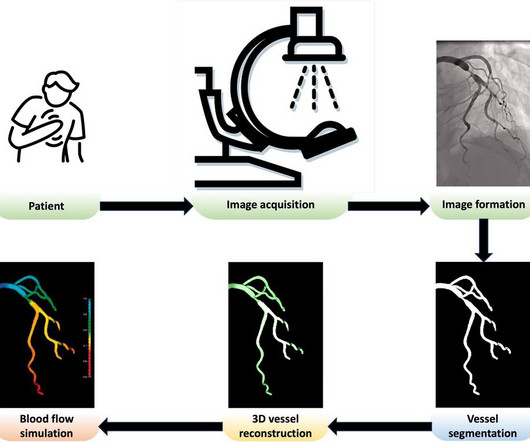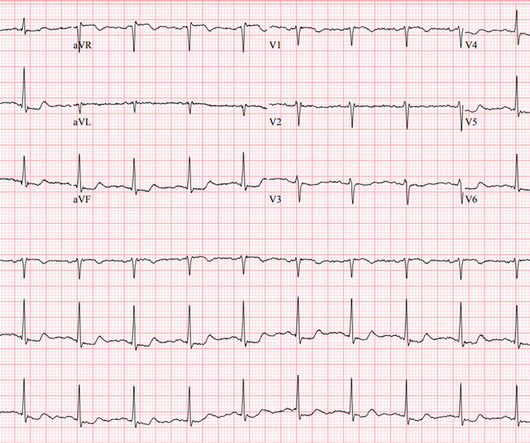Patient-specific in silico 3D coronary model in cardiac catheterisation laboratories
Frontiers in Cardiovascular Medicine
JULY 5, 2024
Coronary artery disease is caused by the buildup of atherosclerotic plaque in the coronary arteries, affecting the blood supply to the heart, one of the leading causes of death around the world. This paper explores the challenges and future directions associated with applying patient-specific in silico models in catheterisation laboratories.

















Let's personalize your content